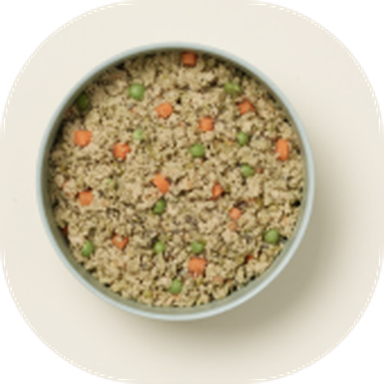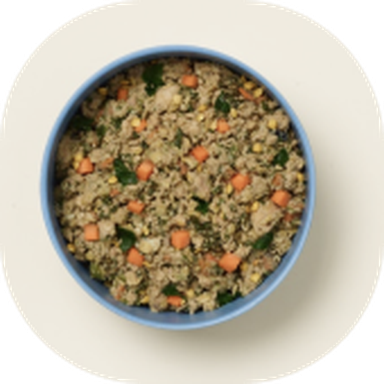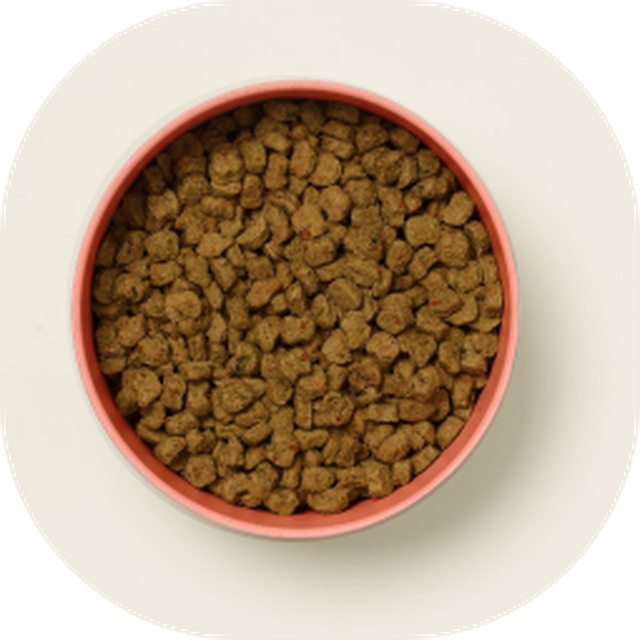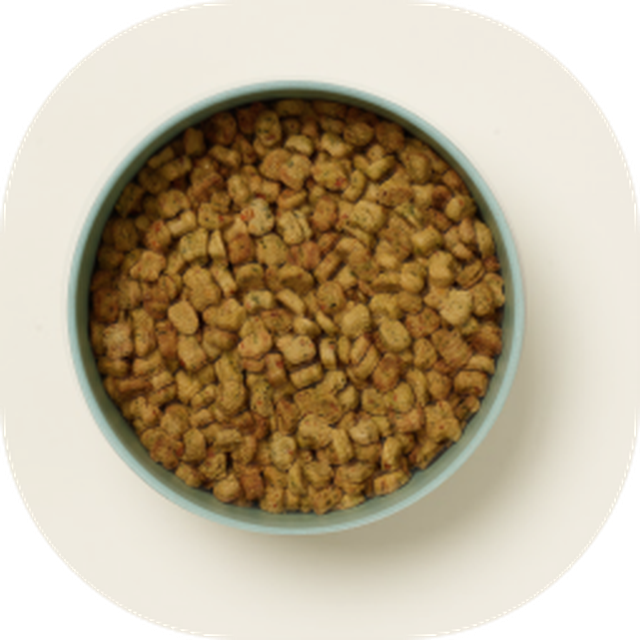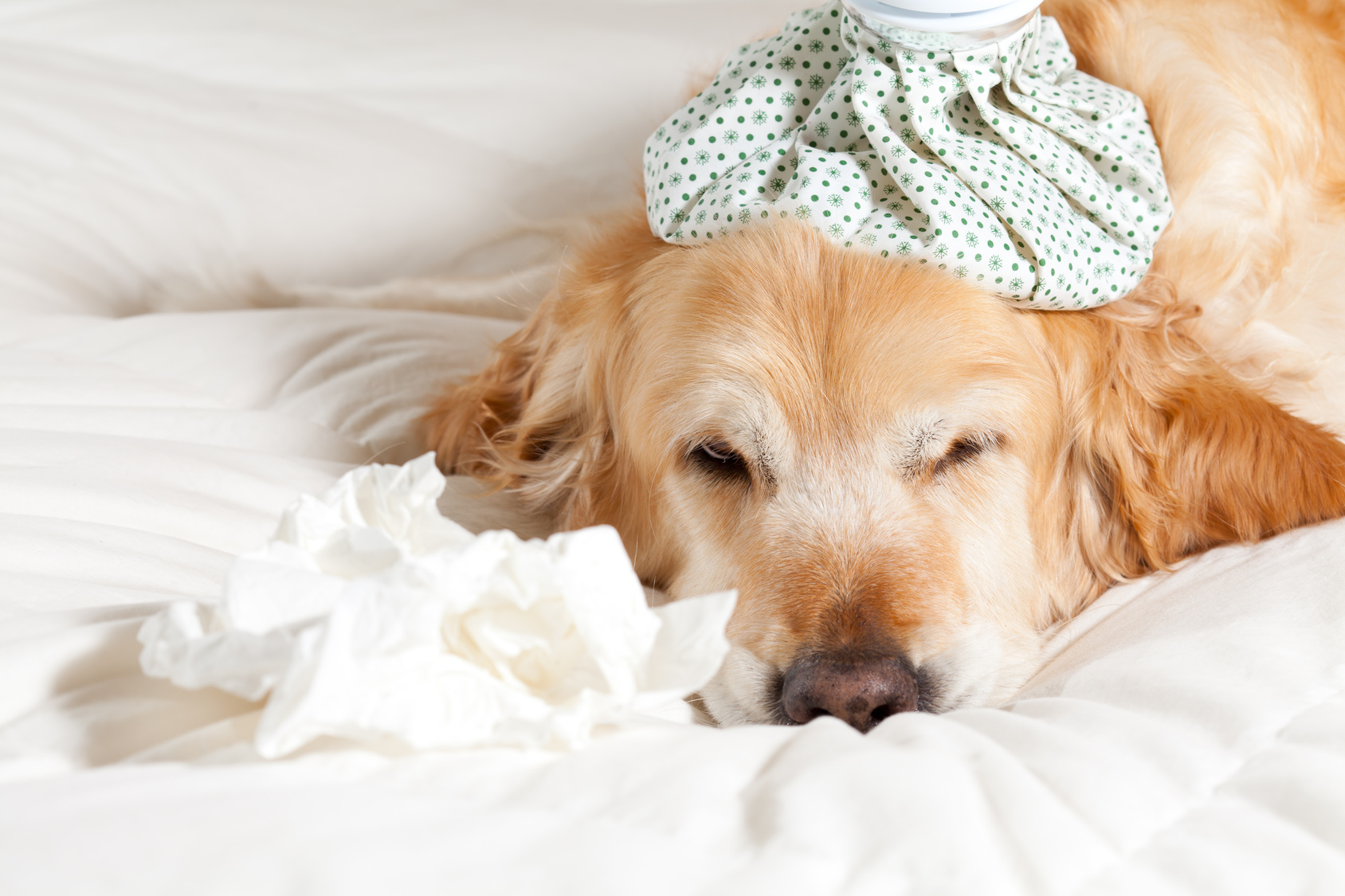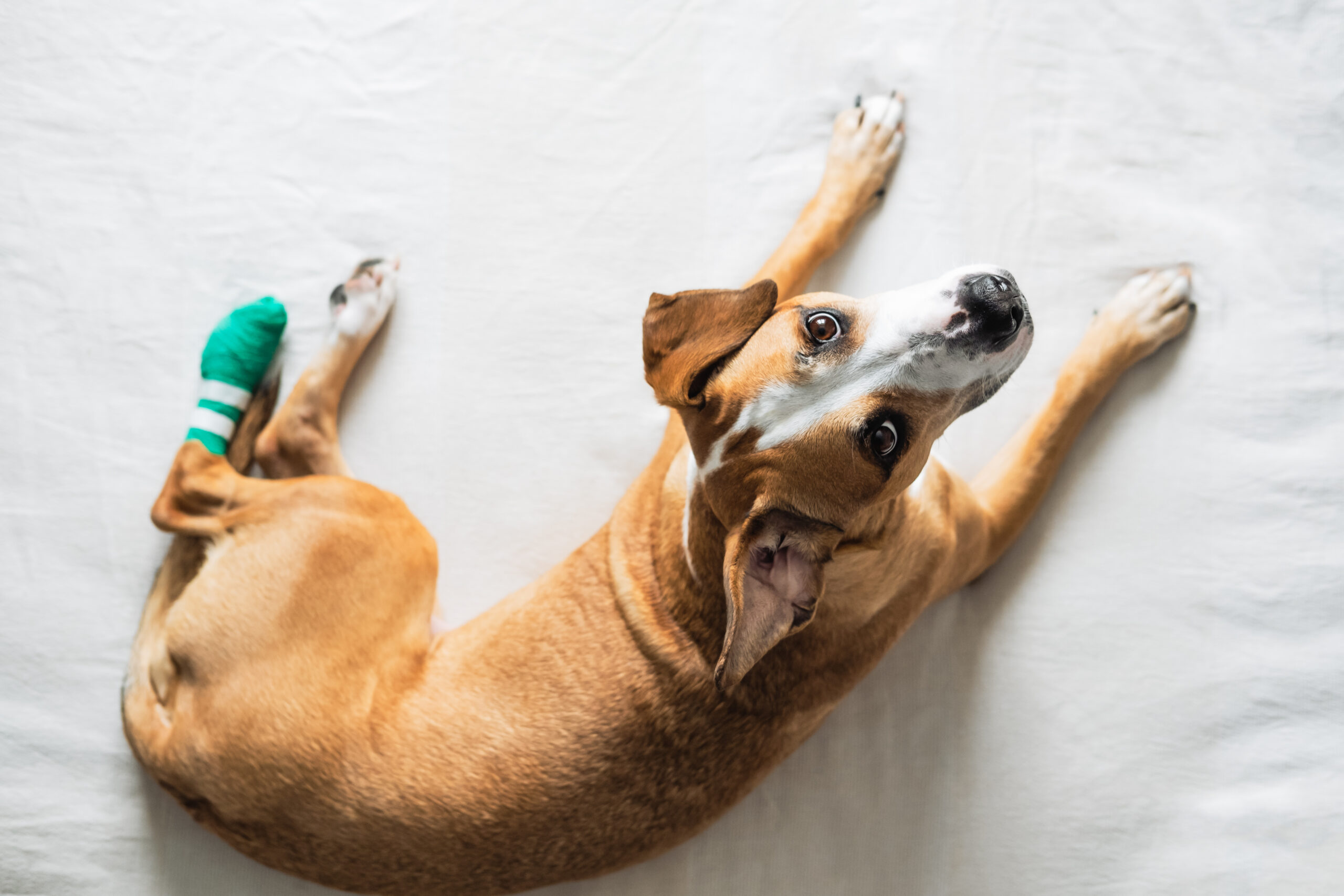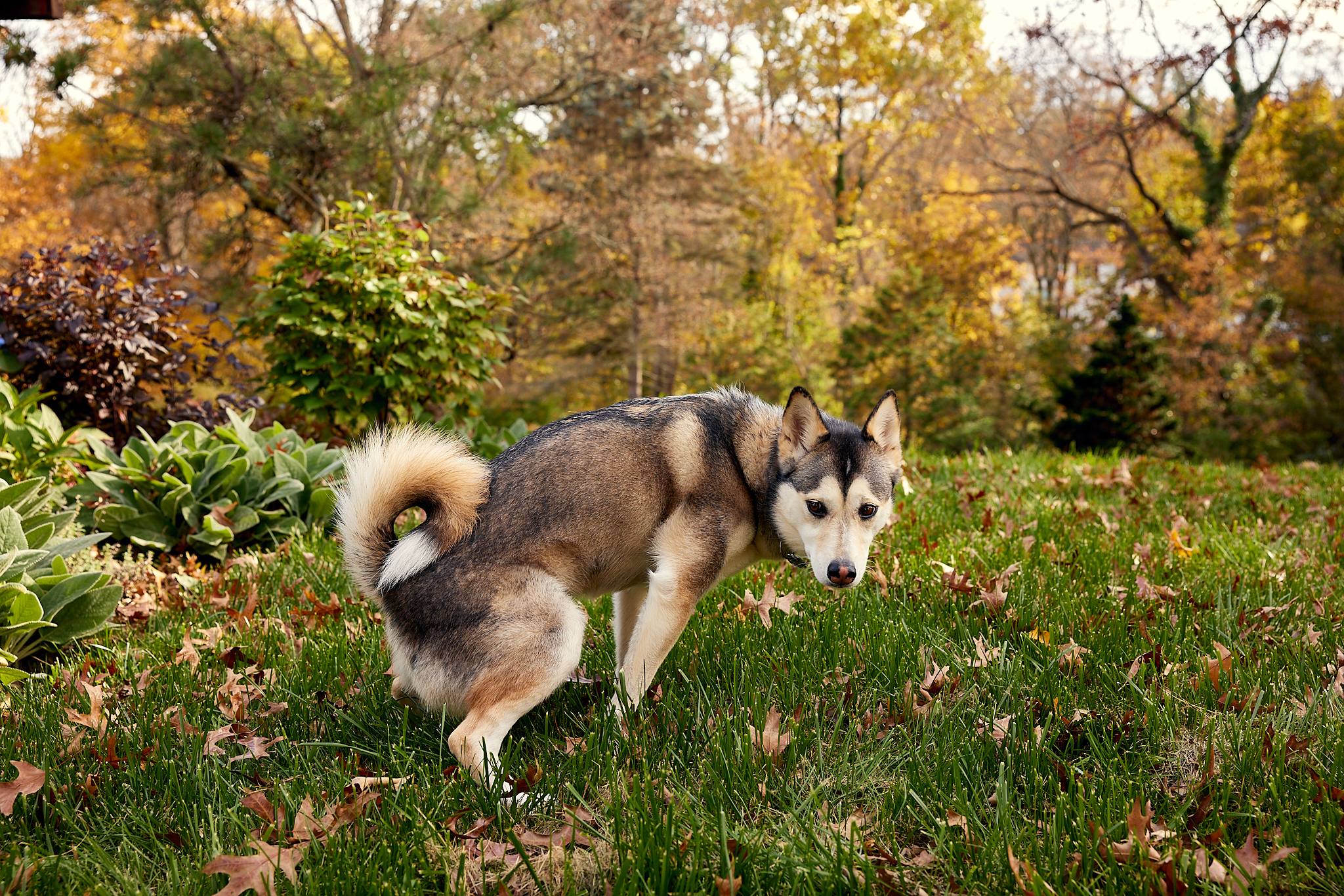Hey Ollie blog readers! We’re offering you an exclusive 60% OFF your starter box! Try now!
Like so many health trends that become popular among humans first (CBD everything anyone?), aromatherapy has become popular for dogs. Walk into any pet store (or do a search online), and you’ll find an assortment of “therapeutic” oils, dog toys and bandanas in scents like lavender and chamomile, as well as stress-relieving sprays and mists featuring ingredients like tea tree oil, peppermint, and lemongrass.
If you’ve never tried aromatherapy for your dog, you may be wondering if it is safe and what benefits you may see.
What is aromatherapy for dogs?
According to Hopkins Medicine, “Aromatherapy is the practice of using essential oils for therapeutic benefit.” This concept is then applied to our dogs. Essential oils can be used for everything from stress relief (lavender or chamomile) to keeping bugs away (lemongrass and tea tree oil).
Is aromatherapy for dogs even safe?
It can be. Remember that a dog’s senses of smell are thousands of times more powerful than ours. Just like we can be overpowered by a smell that is unpleasant or too strong your dog can too. If something smells too strong for you, it is likely too strong for your pet and can cause irritation. Start slowly with subtle scents.
Is it effective for your dog? What are the benefits of aromatherapy in dogs?
Studies in humans have found that the scents of certain essential oils may help ease anxiety, improve sleep, and increase alertness. But when it comes to dogs, the research remains scant. So, is aromatherapy safe for your pup? Here are five things to keep in mind before dabbling in doggie aromatherapy.
Tips and tricks for introducing aromatherapy to your dog
- Stick to dog-friendly products
Did you know your dog’s sense of smell is up to 10,000 times stronger than your own? Because of this, you should never use undiluted essential oils on your pup, says Judy Morgan, DVM, a veterinarian certified in acupuncture and food therapy for dogs. It’s best to stick to dog-friendly products from reputable sources, which will already be formulated to accommodate your pup’s olfactory prowess. If you can’t find the scent you’re looking for, you can dilute essential oils on your own but use caution since they can be dangerous if not diluted properly. The exact ratio for dilution will depend on the oil, but a good starting point is 1 drop of essential oil to 20 drops of a carrier oil like coconut or olive oil, says Morgan.
- Lavender has the most science behind it
In a 2006 study of 32 dogs prone to “travel-induced excitement,” pups took car rides both with and without the scent of lavender in the air. During the lavender-filled rides, the dogs were more relaxed—both whining less and sitting more. In addition, lavender, along with chamomile, was shown to have a similar soothing effect in a 2005 study of 55 shelter dogs.
- A few other scents may be effective, too
Ginger, coconut, vanilla, and valerian may also have stress-relieving benefits. In a just-published a study of 15 shelter dogs, researchers found that all four scents significantly reduced the amount of barking and movement, while coconut and ginger also resulted in better sleep.
- There’s a long list of essential oils to avoid
The scent of rosemary may perk you up, while the scent of juniper could help you wind down. But in dogs? These essential oils (along with others) could be hazardous. “Dogs may be sensitive to anise, clove, garlic, horseradish, juniper, rosemary, thyme, wintergreen, and yarrow,” says Morgan. She warns that they could lead to “skin reactions, allergies, or other ailments such as tremors, drooling, or difficulty breathing.” Before you use any essential oil on your pup—or even around them—be sure to check with your vet first.
- Use only diluted oils
NEVER apply pure essential oils directly to your pet’s skin!! You can blend with a carrier oil or use it as directed to make sure you aren’t causing additional skin irritation or irritating your dog’s nose. Essential oils are highly concentrated and a little goes a long way.
The Ollie blog is devoted to helping pet parents lead healthier lives with their pups. If you want to learn more about our fresh, human-grade food, check out MyOllie.com.
Tagged As:
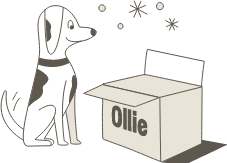
The nutrition your dog needs,
the food they want.

Enjoying our articles? Subscribe our Newsletters and get new articles directly to your inbox
You might also like
26 April 2024
4 MINS READ
How Often Should I Take My Dog To The Vet?
Routine veterinary care is important for your dog’s overall health—but how often should your pup visit the vet? We answer this question and outline common health signs that warrant a veterinary…
by Ollie Pets
28 February 2024
6 MINS READ
Why Do Dogs Eat Poop & How to Stop It
Does your dog partake in poop? We get to the bottom of this unusual behavior, including its medical and behavioral causes, and how to address it.
by Ollie Pets
30 August 2023
6 MINS READ
Dog Diarrhea: How to Prevent and Resolve
Dog diarrhea is distressing for pups and their owners. Understanding common diarrhea causes can help you respond quickly and effectively to your pup’s intestinal issues.

